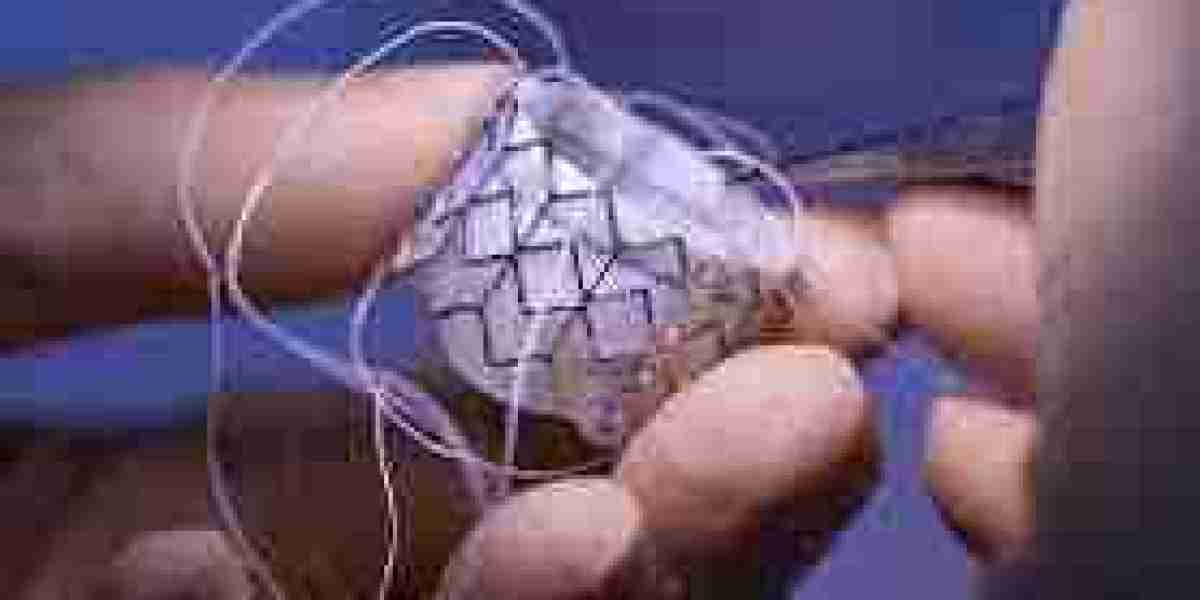The heart valve devices market is rapidly evolving, driven by breakthroughs in minimally invasive procedures and rising demand for valve replacement therapies. A detailed competitive analysis reveals how major players are positioning themselves through strategic mergers, product innovations, and regional expansion.

Overview of Competitive Landscape
The heart valve devices market is highly consolidated, dominated by a few multinational players with established brands, robust R&D pipelines, and expansive global distribution networks. At the same time, new entrants and startups are bringing disruptive technologies that challenge traditional products and methods. Companies are focused on differentiation through superior performance, reduced surgical risk, and better long-term patient outcomes.
Key competitive factors include:
Technological innovation
Product diversity (mechanical vs. tissue vs. transcatheter valves)
Regulatory approvals
Market presence and physician loyalty
Reimbursement strategy
Leading Players in the Market
1. Edwards Lifesciences Corporation
A pioneer in the heart valve space, Edwards leads the market with its SAPIEN transcatheter valve series and INTUITY Elite surgical valves. The company continues to invest heavily in expanding indications for TAVR (Transcatheter Aortic Valve Replacement) and developing next-generation mitral and tricuspid solutions.
Competitive Edge:
Strong clinical trial data
Advanced delivery systems
First-mover advantage in TAVR
2. Medtronic plc
Medtronic offers a comprehensive valve portfolio, including the CoreValve Evolut TAVR system and Open Pivot mechanical valves. The company emphasizes minimally invasive technologies and has a wide geographic footprint, particularly in Europe and North America.
Competitive Edge:
Broad valve product line
Integrated imaging and navigation support
Strategic acquisitions bolstering pipeline
3. Abbott Laboratories
Abbott focuses on structural heart devices, especially mitral and tricuspid valve therapies. With products like TriClip and Tendyne, Abbott is addressing segments beyond aortic valves, giving it a competitive advantage in less saturated markets.
Competitive Edge:
Strong mitral/tricuspid focus
Physician engagement programs
Synergy with other cardiovascular segments
4. Boston Scientific Corporation
Although a newer entrant, Boston Scientific is making headway with its ACURATE neo2™ and LOTUS Edge™ valve systems. The company is targeting regions with unmet needs and refining its delivery technologies to improve patient outcomes.
Competitive Edge:
Focus on usability and implantation control
Aggressive regional expansion strategy
M&A activity supporting rapid innovation
Competitive Strategies Observed
1. Product Innovation and R&D Investment
All leading players are committing significant resources to R&D to develop valves with better hemodynamic performance, longer durability, and lower complication rates. Bioprosthetic valve improvements and polymer-based designs are gaining traction as firms race to meet demands of younger, more active patients.
2. Geographic Expansion
Companies are moving aggressively into high-growth regions such as Asia-Pacific and Latin America. Strategic collaborations with local hospitals and governments help navigate regional regulatory challenges while building market share.
3. Acquisitions and Strategic Alliances
Firms are acquiring startups or partnering with medtech companies to boost their portfolios. These deals help secure novel technologies and expand access to new therapeutic areas, including mitral and tricuspid regurgitation.
4. Clinical Trials and Regulatory Approvals
To gain competitive edge, firms seek approvals for expanded indications and low-risk patient populations. Success in clinical trials not only boosts confidence among physicians but also accelerates adoption across healthcare systems.
Rising Competition from New Entrants
Smaller firms and startups are carving niches by targeting underserved conditions or offering cost-effective alternatives. These include:
JenaValve Technology, focused on TAVR for aortic regurgitation
Xeltis, working on bioresorbable valve implants
Micro Interventional Devices, offering sutureless repair technologies
These players often collaborate with larger firms or license their technology, allowing faster scale-up and commercialization.
Competitive Challenges
Despite opportunities, several barriers exist:
High development costs and regulatory burdens slow time-to-market
Surgeon training requirements limit adoption speed
Intellectual property battles can hinder innovation and delay launches
Companies that overcome these challenges with strong execution and customer engagement will likely sustain their competitive positions.
Conclusion
The heart valve devices market is marked by intense competition, technological advancements, and a race to meet growing global demand. Leading firms like Edwards Lifesciences, Medtronic, Abbott, and Boston Scientific are deploying multi-pronged strategies to maintain dominance while newcomers bring innovation and agility. As the landscape continues to shift, staying ahead requires not just a strong product portfolio but also a clear vision, smart partnerships, and deep understanding of physician and patient needs.




